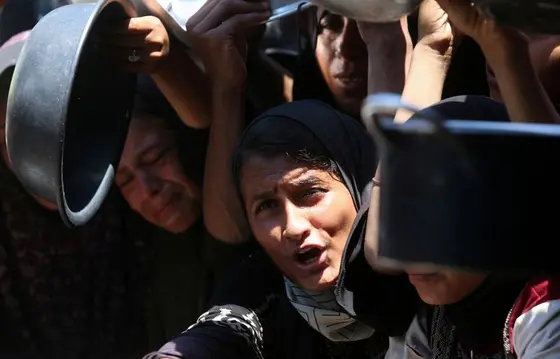T4K3.news
COGAT disputes Hamas Gaza hunger figures
A review by Israel's COGAT questions Hamas hunger claims in Gaza and cites gaps between reported deaths and identified cases.
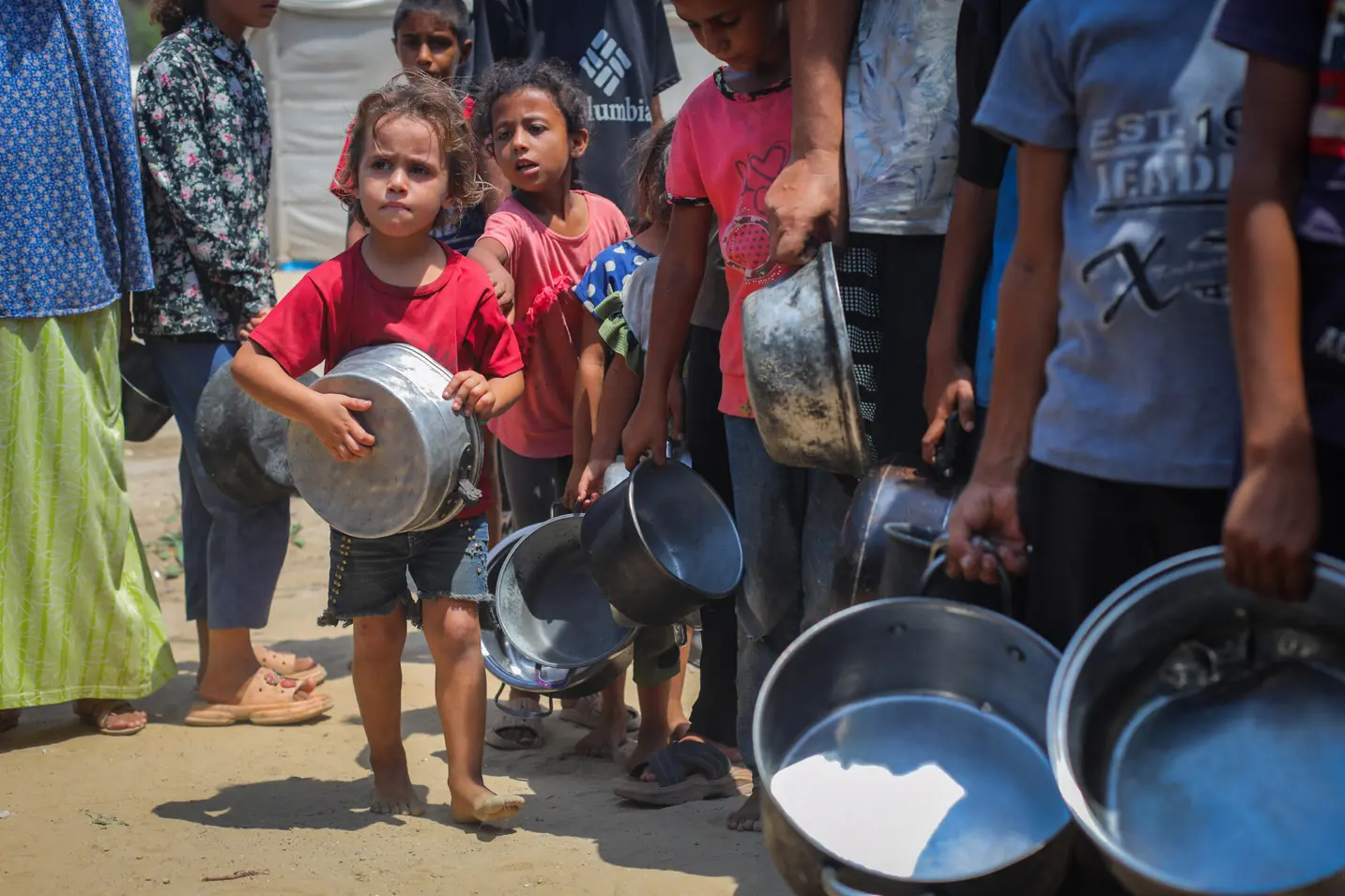
Israel says its review shows Hamas inflated malnutrition deaths in Gaza and uses images for political leverage.
COGAT questions Hamas Gaza hunger figures
Israel’s defense body, COGAT, released a review arguing Hamas exaggerated deaths attributed to malnutrition in Gaza and used selective cases for political gain. It cites numbers from Hamas’s health ministry, noting 66 deaths attributed to malnutrition from October 2023 to June 2025, then a jump to 133 in July 2025, and says many July identities were not disclosed as in the past. It also notes gaps between reported deaths and cases published with full identifying details and asserts only a handful of actual cases could be traced across platforms.
The review highlights that several verified deaths involved preexisting medical conditions, and some patients had received medical care in Israel before the war. It singles out images of a four-year-old and another young adult, arguing these cases do not reflect the broader situation in Gaza and were used to portray a wider famine. COGAT concludes there are no signs of a widespread malnutrition crisis and accuses Hamas of weaponizing images for a timed propaganda push.
Internationally, the UN and aid groups say access remains constrained and independent verification is necessary. Israel says it is expanding aid despite past restrictions and blames Hamas for hindering distribution. The dispute underscores a broader battle over humanitarian data in a crowded media war surrounding Gaza.
Key Takeaways
"No signs of a widespread malnutrition phenomenon among the population in Gaza"
COGAT assertion on overall condition of Gaza
"The Hamas terrorist organization cynically exploits tragic images and misuses them for a false and timed propaganda campaign"
COGAT description of Hamas actions
"Most of those allegedly dying from malnutrition had preexisting medical conditions"
COGAT findings on individual cases
"There is a significant gap between the death tolls reported by Hamas and the cases documented"
Review notes on data reliability
The episode illustrates how information becomes a weapon in wartime. When numbers are contested, aid channels and foreign governments may hesitate to draw conclusions, potentially slowing relief to those in real need. Independent verification matters, yet the full review remains private, inviting skepticism about transparency. The incident also shows how visual imagery can sway opinion, regardless of the broader trend on the ground. In this environment, public trust hinges on credible, verifiable data more than on dramatic headlines.
Highlights
- No signs of a widespread malnutrition phenomenon among the population in Gaza
- The Hamas terrorist organization cynically exploits tragic images and misuses them for a false and timed propaganda campaign
- Most of those allegedly dying from malnutrition had preexisting medical conditions
- There is a significant gap between the death tolls reported by Hamas and the cases documented
Risks from contested hunger data
Disputed figures and lack of public access to the full review raise concerns about credibility, humanitarian outcomes, and political backlash. Independent verification is essential to prevent misused data from shaping policy and aid.
Accurate data is the first step to relief, not a political weapon.
Enjoyed this? Let your friends know!
Related News
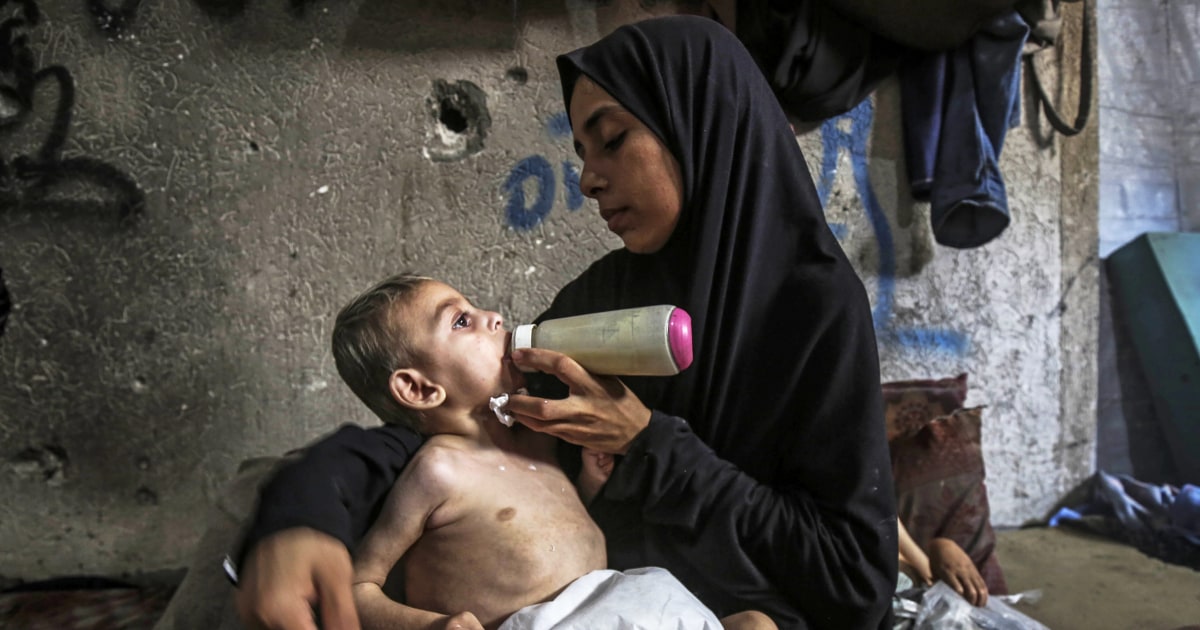
Aid levels insufficient to meet hunger crisis in Gaza
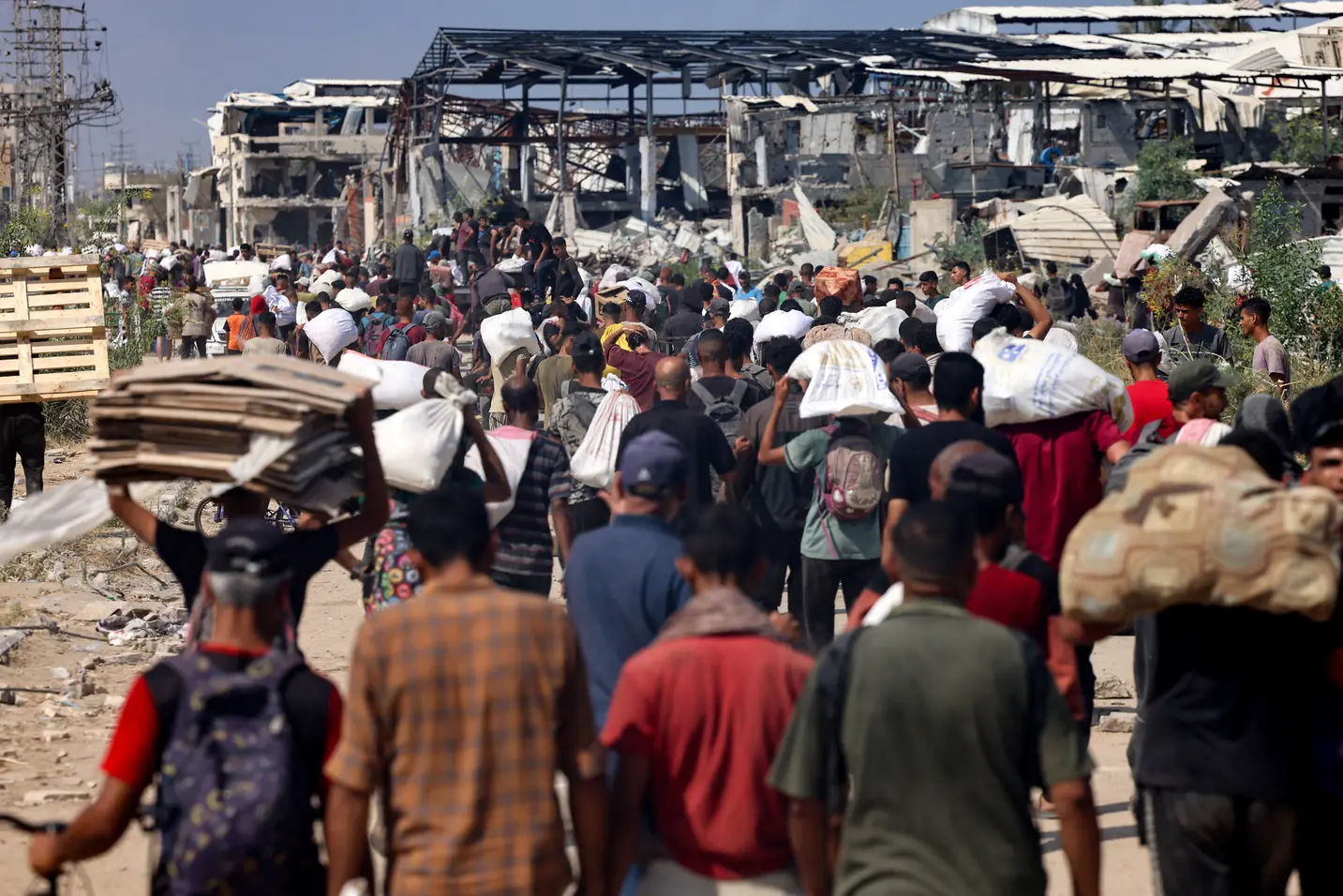
Israel allows goods into Gaza's private sector
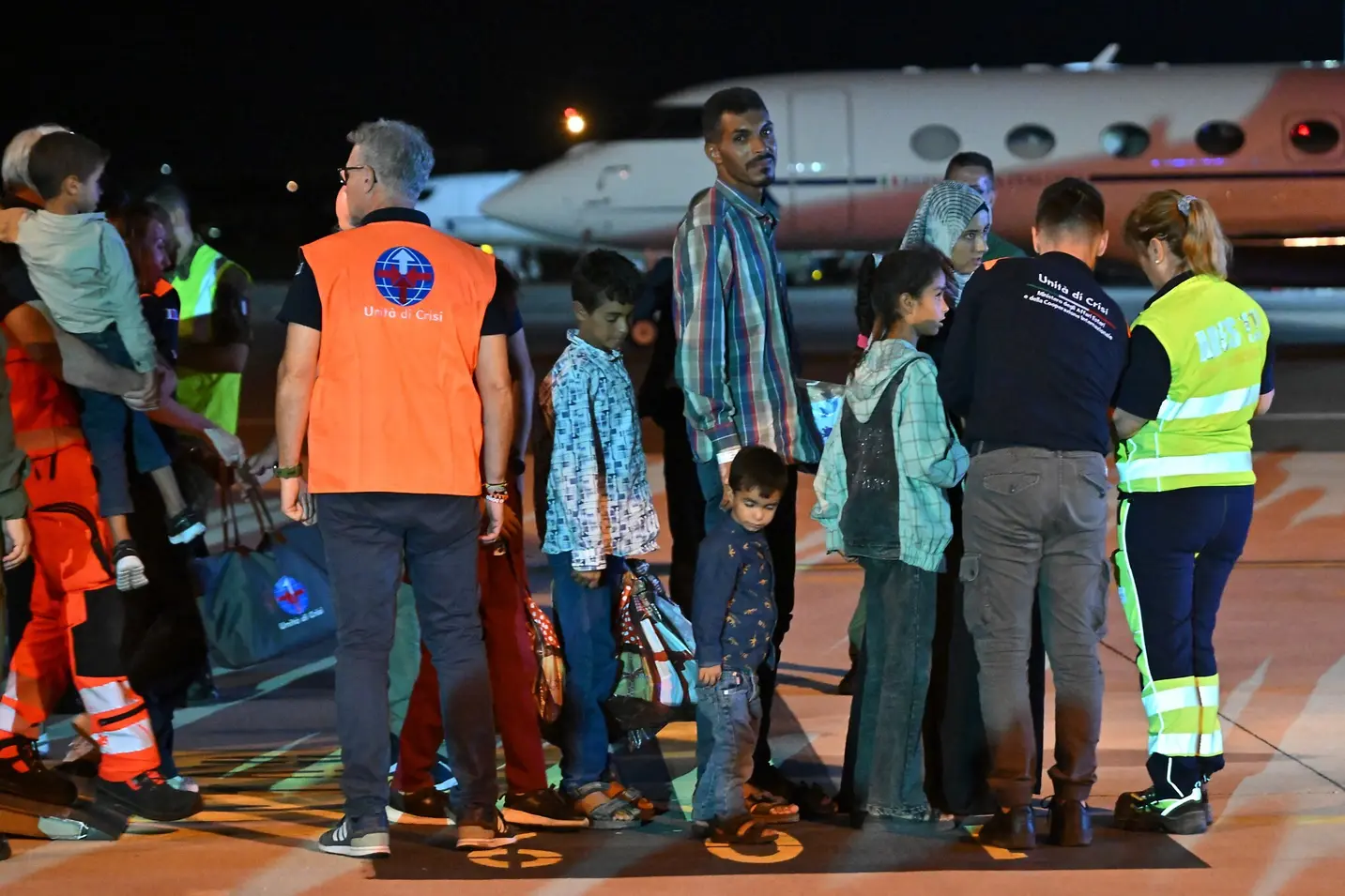
Health evacuations in Gaza expand
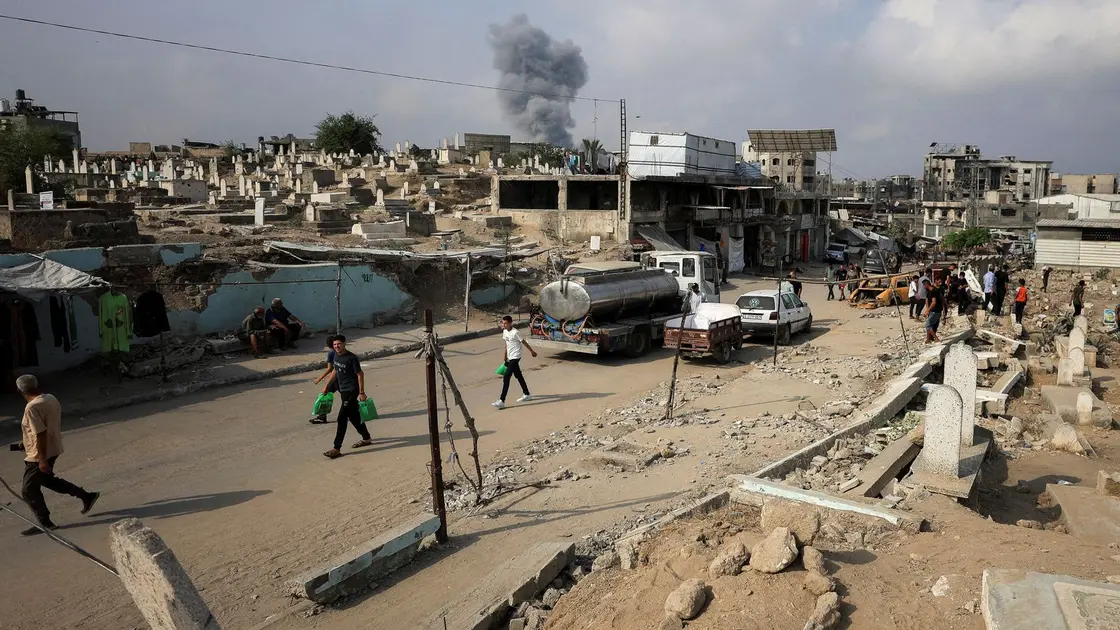
Gaza death toll rises amid ceasefire talks
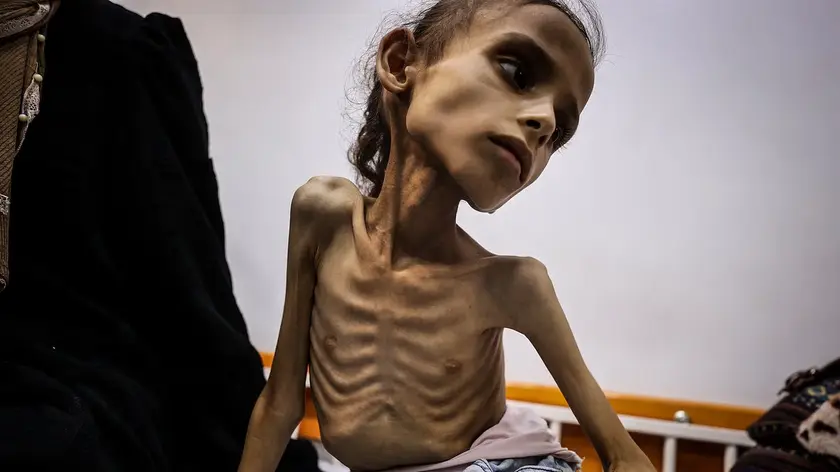
Disturbing images reveal child malnutrition crisis in Gaza
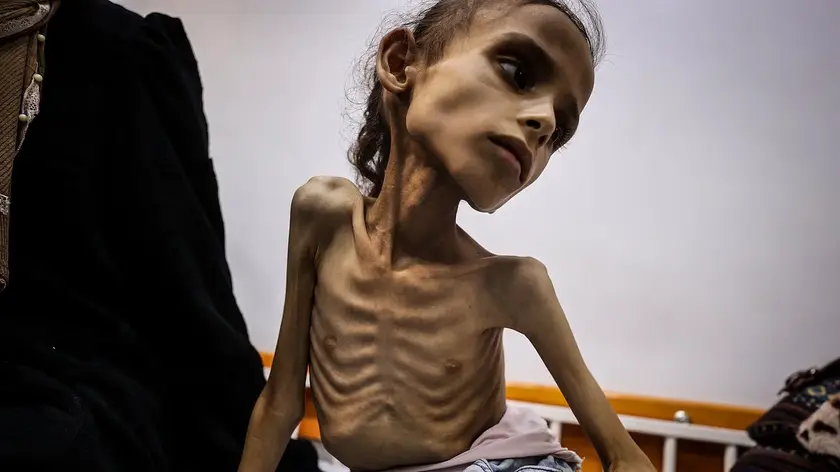
New photos of Maryam Duvvas illustrate severe malnutrition in Gaza
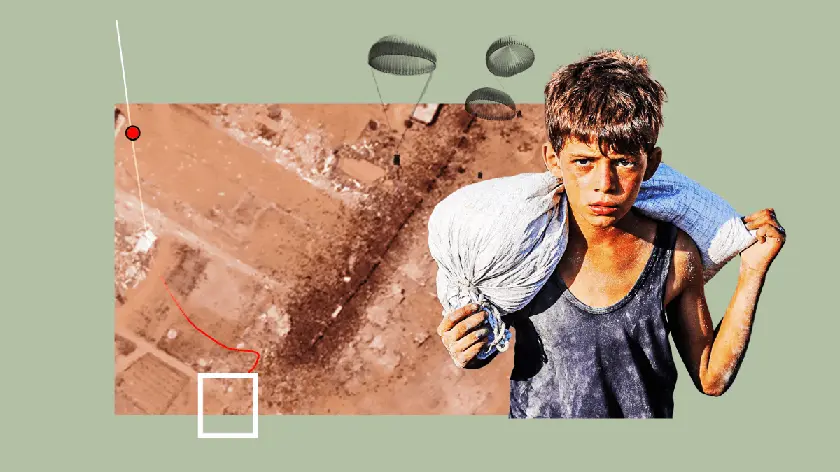
Severe Hunger Crisis in Gaza
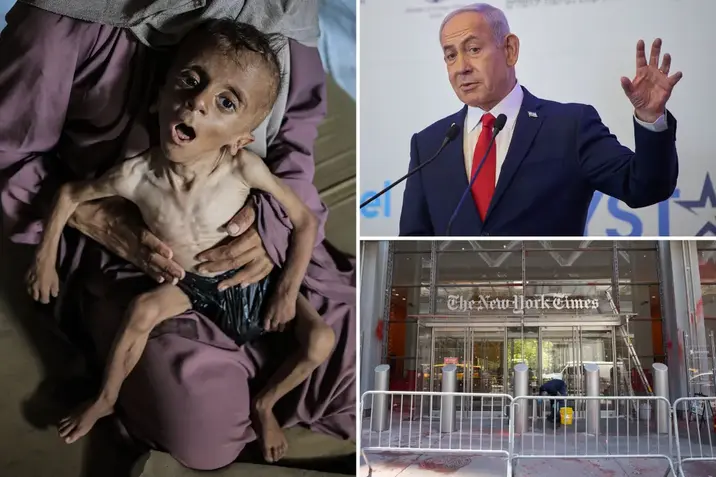
Netanyahu weighs suit against New York Times
